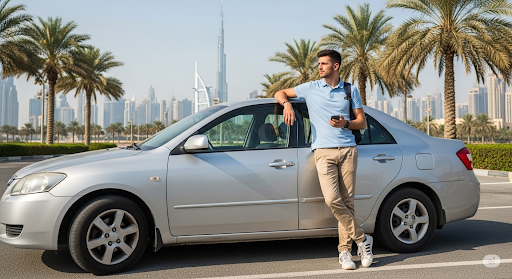Smart Homes and Smart Living: The Technological Transformation of European Homes by 2025
Smart Homes and Smart Living is revolutionizing the way we live in European homes. The integration of technology into our daily lives is making our homes more efficient, convenient, and enjoyable. From smart thermostats to voice-controlled lighting, the possibilities are endless.
Introduction to Smart Homes
A smart home is a residence that has been equipped with advanced technology to make our lives easier and more comfortable. These technologies include home automation systems, voice assistants, and smart devices that can be controlled remotely. The goal of a smart home is to provide a seamless and integrated experience, making it easier to manage our daily routines and improve our overall quality of life.
The Future of European Homes
By 2025, European homes will have undergone a significant transformation. The integration of technology will have become the norm, and homes will be designed with smart living in mind. This will include features such as energy-efficient systems, advanced security systems, and smart home appliances. The use of voice assistants and artificial intelligence will also become more prevalent, making it easier to control our homes and access information.
Benefits of Smart Homes
The benefits of smart homes are numerous. Some of the most significant advantages include:
- Energy efficiency: Smart homes can help reduce energy consumption by automatically turning off lights and appliances when not in use.
- Convenience: Smart homes make it easier to manage our daily routines, from controlling the temperature to locking the doors.
- Security: Smart homes can provide an added layer of security, with features such as motion detectors and video cameras.
- Comfort: Smart homes can improve our overall comfort, with features such as smart thermostats and voice-controlled lighting.
Challenges and Limitations
While smart homes offer many benefits, there are also challenges and limitations to consider. Some of the most significant concerns include:
- Cost: Smart home technology can be expensive, making it inaccessible to some people.
- Complexity: Smart home systems can be complex, requiring a significant amount of setup and configuration.
- Security risks: Smart homes can be vulnerable to security risks, such as hacking and data breaches.
- Interoperability: Smart home devices may not be compatible with each other, making it difficult to integrate different systems.
Conclusion
In conclusion, the future of European homes is getting smarter. By 2025, technology will have transformed the way we live, making our homes more efficient, convenient, and enjoyable. While there are challenges and limitations to consider, the benefits of smart homes make them an attractive option for those looking to improve their quality of life.






